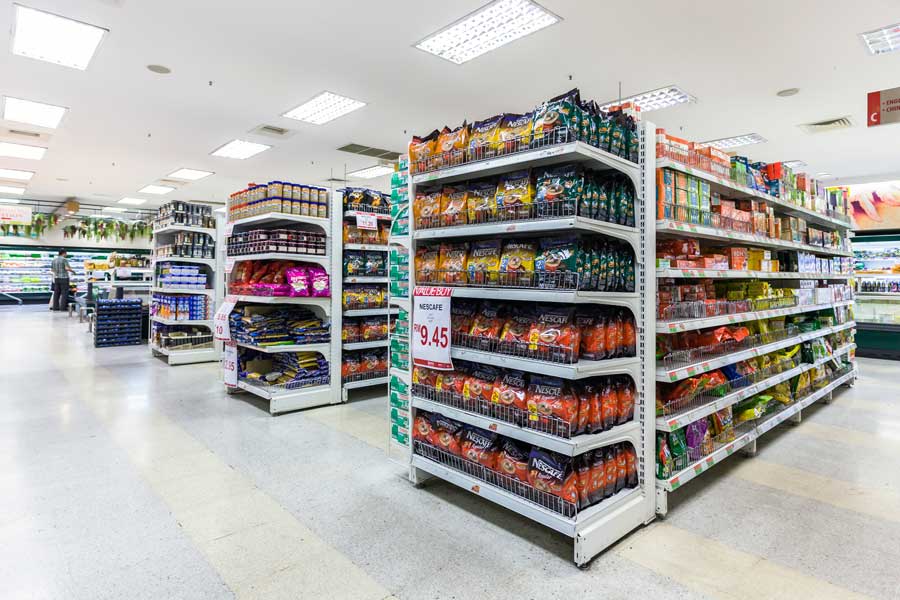Retail Sector
Most energy budgets look to the past. They start with the assumption that next year will look very much the same as last year, and then layer on a fudge factor for rate increases or major occupancy changes. The results are predictably inaccurate. Fortunately, there is a better way.
Energy bills vary from year to year, driven by factors such as weather, billing cycle length, and rate adjustments. Last year, February might have started on a Monday and included a record-setting heat wave. This year it starts on a Saturday, and the weather is anybody's guess. Accounting for these variations is tricky.
MOL starts by creating a statistical model of the building or sub metered load. We then use that model to project energy and water use forward under a variety of weather scenarios. The result is a budget that takes into account weather. building operating hours, calendar effects, holidays, and a host of other factors to increase the reliability of forecasts.
High utility costs and decreased budgets for projects like retrofitting are forcing corporate property managers to seek immediate cost reduction. Even though energy represents a significant percentage of total corporate building expenditure, minimal funding is available for energy management interventions, particularly large projects. This means that energy professionals need to be able to pinpoint overuse and inefficiency, and to identify quick wins that immediately reduce operating costs and improve cash flow.
MOL unifies data from heterogeneous sources and enables energy professionals to get a global view, or drill down into usage specifics to identify specific savings opportunities. The software monitors systems like lighting and air conditioning and weighs performance against variables like time of day, consumption by department, floor, area or even cost per square meter. By identifying and implementing simple measures across locations, consumption can drop by as much as 15% without impacting comfort levels.
Here are some of features of MOL that help those responsible for energy savings in corporate buildings to do their jobs well:

